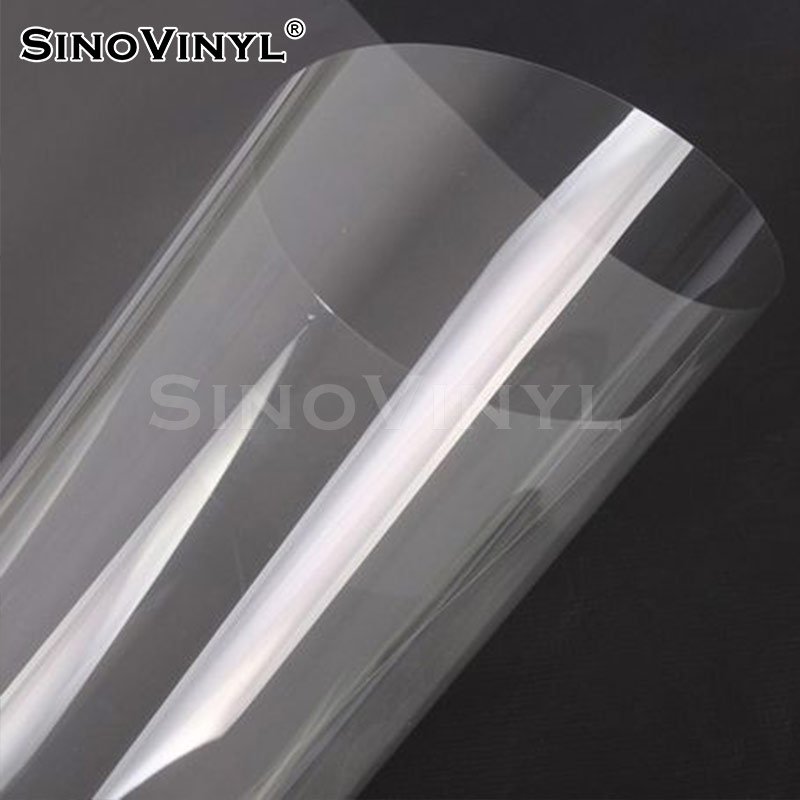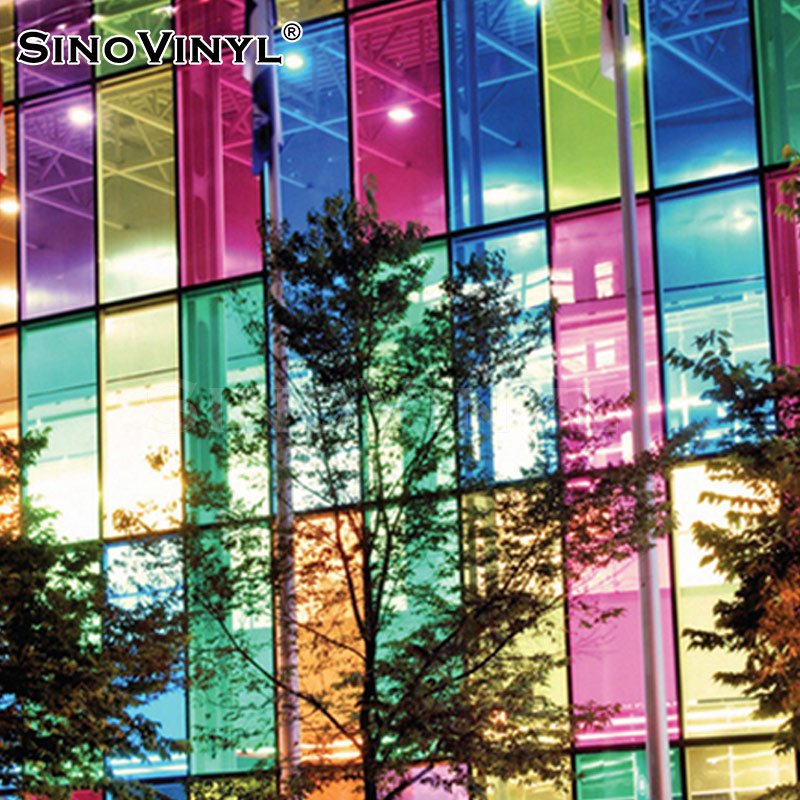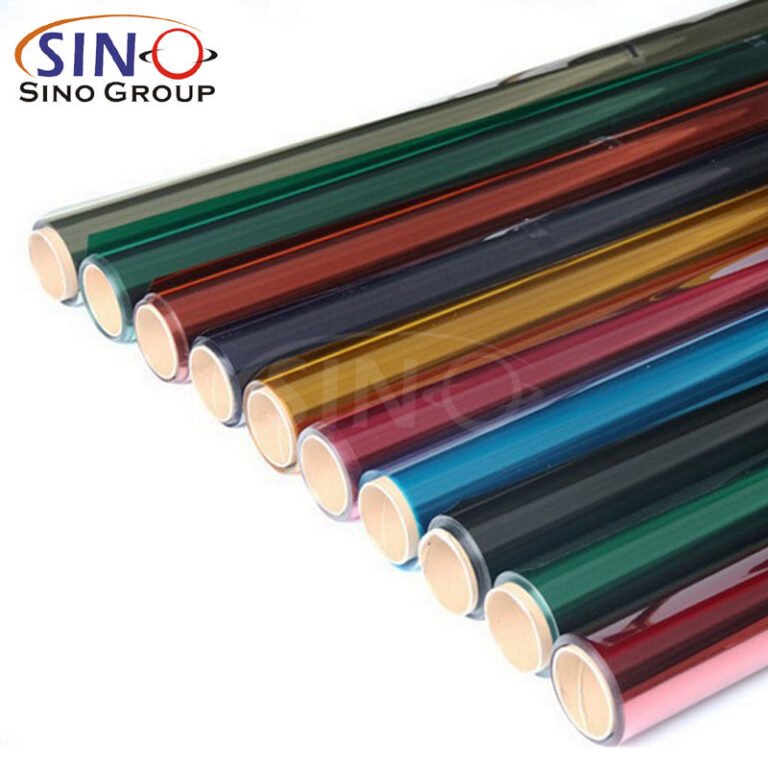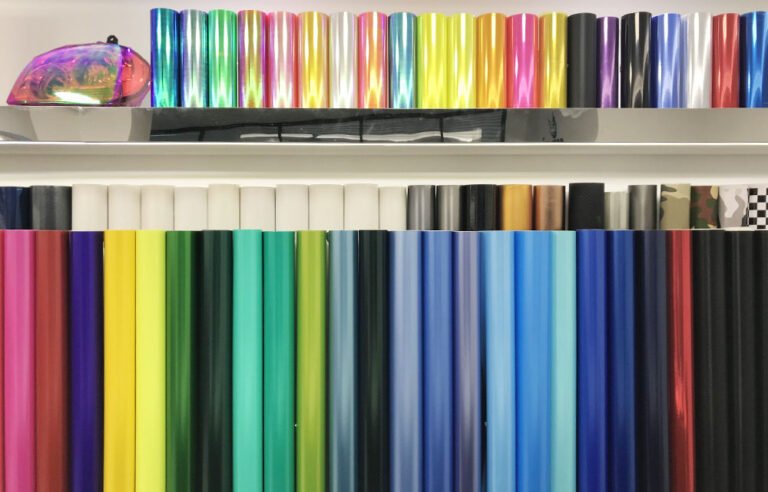Below is a step-by-step guide on how to apply window film like a pro:
Step 1: Gather Your Materials
Before you start, make sure you have all the necessary materials ready. You’ll need the window film of your choice, a spray bottle filled with a solution of water and a few drops of dish soap, a squeegee or a soft cloth, a utility knife, and a tape measure.
Step 2: Clean the Window Surface
Thoroughly clean the window surface to ensure there are no dust, dirt, or grease residues. Use a glass cleaner or the water and soap solution mentioned earlier to clean the window. Wipe it dry with a lint-free cloth.
Step 3: Measure and Cut the Film
Measure the window’s dimensions carefully and add an extra inch to each side. Roll out the window film on a clean surface and use the measurements to cut the film with a utility knife. For large windows, you might need a helping hand to hold the film in place while cutting.
Step 4: Prepare the Film for Application
Spray the window film’s adhesive side with the water and soap solution to prevent it from sticking too soon. Be generous with the spray, but not to the point of excessive dripping.



Step 5: Position the Film on the Window
Carefully place the adhesive side of the window film onto the window surface. Make sure the film aligns with the window edges and slightly overlaps the frame. The soapy water solution will allow you to slide the film into the right position if needed.
Step 6: Smooth Out the Film
Using a squeegee or a soft cloth, start from the center and gently smooth out the film towards the edges. This step helps to eliminate air bubbles and ensures proper adhesion to the glass.
Step 7: Trim Excess Film
Once the film is applied and smoothed out, use the utility knife to trim off the excess film along the window’s edges. Be careful not to damage the window frame while cutting.
Step 8: Final Squeegee Pass
Give the entire window surface one final pass with the squeegee to remove any remaining water and air bubbles. Work from the center towards the edges once again.
Step 9: Let it Dry
Allow the window film to dry for at least 24 hours before touching or cleaning it. This ensures that the film adheres properly to the glass.
Congratulations! You’ve successfully applied window film to your window like a pro. Enjoy the benefits of enhanced privacy, reduced glare, and improved energy efficiency in your space!










